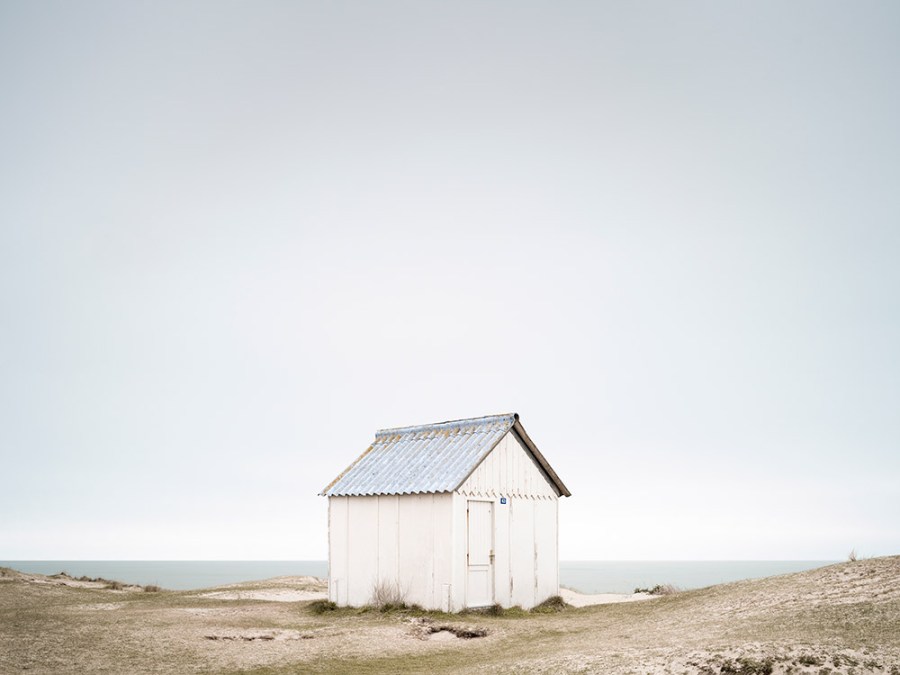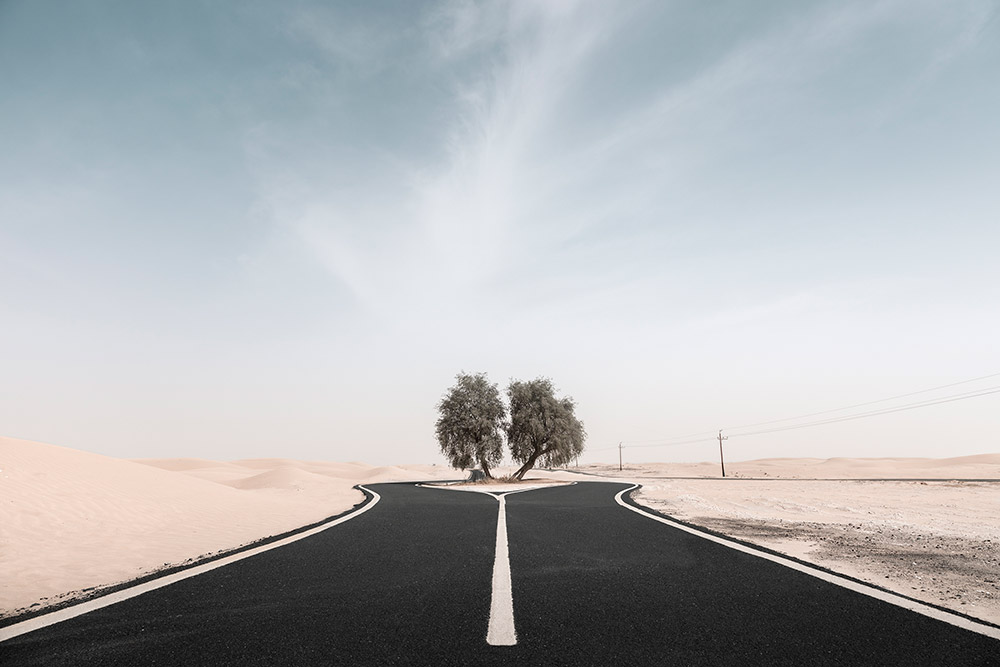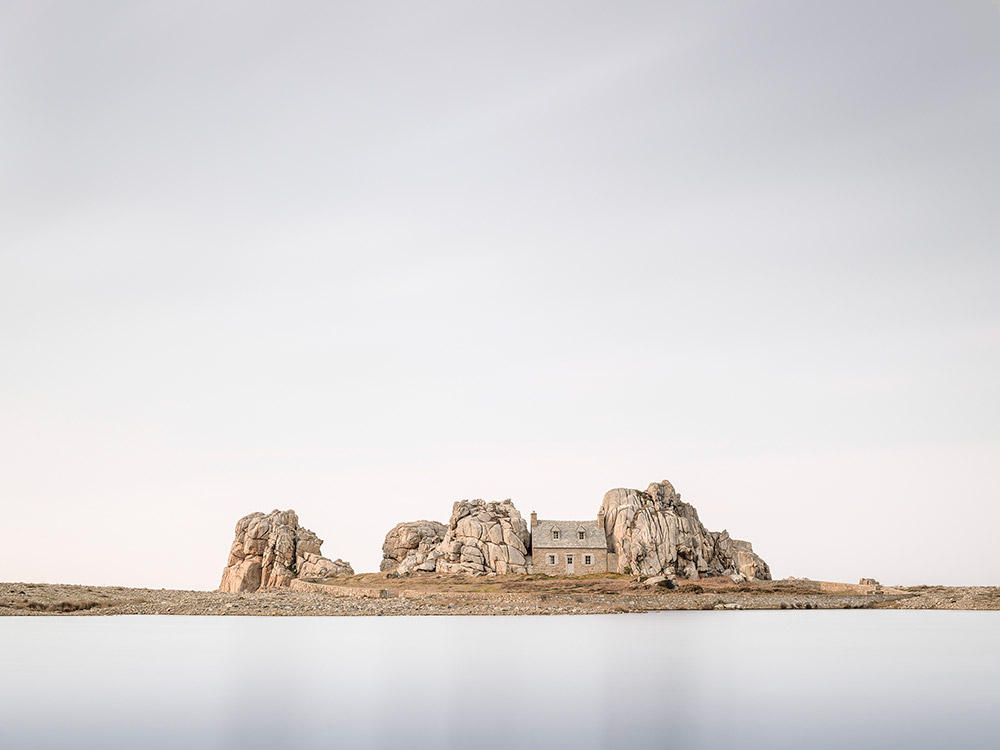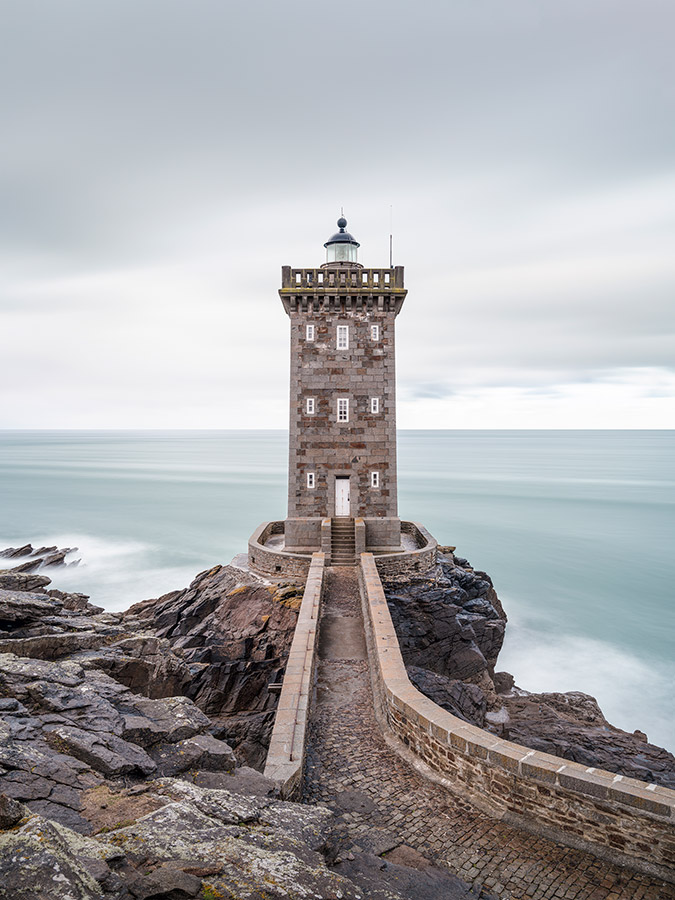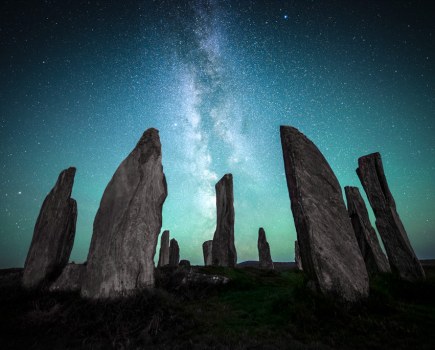Award-winning landscape and fine-art photographer Anthony Lamb talks to Peter Dench about his creative and engaging minimalist approach to landscapes
Modern life can be frighteningly fast-paced and overwhelming. In a world of chaos and clutter, where everything is available at the click of a mouse, to understand what is essential and keeping it to a minimum can seem impossible. Throughout his career, landscape photographer Anthony Lamb has determinedly incorporated a stripped-back minimalist approach to his craft. ‘The world is only chaotic because of the way we choose to see it,’ he explains. ‘We see the world in such a large panoramic that sometimes it’s difficult for people to see the world in a more simplistic way. Simplifying what’s out there can be easier than you think; minimalism can be uncovered all around us.’
Lamb partly attributes his interest in the landscape to his childhood. While many families would head off on sun-guaranteed package holidays to Spain or the south of France, his travel-loving parents had a more bespoke approach to family trips – taking a hike in Scotland, exploring the Lake District and Jurassic Coast, an eye-opening trip to Tunisia, Africa, and contrasting trip to Chamonix, France, in the shadow of Mont Blanc which Lamb eventually climbed as an adult.
‘These places were heavily inspiring because of their beauty and the changeable weather,’ he says. ‘A lot of the time when we were hiking, it was raining, and that transpires into my work to this day. I tend to shoot in difficult and challenging conditions – storms, sleet, snow, and even dust storms. I find that much more appealing than heading out on a pleasant, calm blue sky day. For me, that isn’t experiencing all that nature can offer. My wish is to provide people with the emotional connection of what I see through different times of flux.’
Minimalist education
Lamb partly attributes his interest in minimalism to his schooling. ‘It comes from a deep root in my educational background,’ he reveals, ‘when I studied art and design at college in Stockport, Manchester, then furniture and product design at university in Nottingham. I gravitated towards linear designs, and I was always interested in a simplistic design approach, similar to that of the Bauhaus movement, classic examples of less is more.
Much of my early work was black & white, using a high-key and low-key aesthetic to produce simplistic monotone images that capture a brief moment in time. This further inspired me to follow a minimalist route in my photography.’
Born in 1976, it wasn’t until he turned 27 that Lamb, self-taught, started to take his photography seriously; abandoning a career in sales, and turning professional around four years ago. Based in the United Arab Emirates, where he’s lived since 2011 with his wife and two young daughters, the desert was
an inevitable lure for the minimal man.
‘When you first visit the UAE and exit the plane, you’re bombarded by awe-inspiring, but overwhelming skyscrapers,’ he explains. ‘It’s chaotic, but when you head out of the big city lights you can capture a new perspective of the skyline – the overwhelming buildings now appear very small with a big expanse of sky above. So if you’re looking for minimalism, it’s still possible to find it.’
Lamb’s pictures of the desert are ethereal and calm, the composition exquisite. Carefully placed objects hint at a more hostile environment, a sandblasted tree or decaying oil drum. ‘When I’m in the field, I’m not thinking like a minimalist – looking for a single post or detail. Instead, I do a lot of research, find specific elements within the landscape that are appealing and when I arrive on location, I’ll shoot that particular subject. I’ll then look behind me, to the left and to the right.
I’m not just visiting that location for one shot, I’m always looking for other opportunities. I’m visually sorting through what’s in front of me, I’m really looking and arguably seeing more. Minimalism makes you consider every aspect of the photograph. Everything present is more susceptible to being judged, so it’s paramount to get things as close to perfect as possible in camera.’
Negative thinking
The negative space in Lamb’s images is crucial to his aesthetic. ‘It’s optional when you’re shooting to consider utilising negative space, but don’t just select a blue sky as your negative space; contemplate the inclusion of cloudy or moody skies. This usage of space mustn’t be too simplistic, it needs to hold some weight and texture. Water can also be used as negative space, particularly when using long-exposure photography.
If you take a choppy sea that hasn’t been smoothed by using a long exposure, there’s a different emotion when you see it visually. It may make you feel more unsettled. Conversely, if you visualise a lake in the morning stillness, you offer a more peaceful emotion. Negative space is part of my minimalist photography approach and is why I continue to use it in the field. It’s also in line with my preferred aesthetic. Over the years, I’ve learnt how to use negative space to my advantage.
I call it positive space because what it’s doing is pulling an object, like a tree, into the environment.’
Heading to the coast
Living close to a searingly hot and inhospitable desert, it’s not surprising to hear Lamb’s latest adventure took him to the cold and wet coastline of Brittany. Several years ago, after seeing a few images of rugged huts and stone houses hunched on the edge of the Atlantic Ocean, he scoured the land and sea periphery via satellite to find interesting locations.
From around 80, he decided on half. Over ten days, he sought them out, shooting three frames of each subject to make sure the light, long-exposure and sharpness were captured correctly. He reckons ten to 15 shots have made the cut, maybe five or six will be acceptable and one may stand out. ‘I’ll be lucky if I can shoot three or four great photographs a year. That’s insane! Not many people would do the job if they realised that.’
Lamb doesn’t take on the entire burden of curating his work solely himself, sourcing the opinion of gallerists, art consultants, and his wife. These second opinions offer him a clearer understanding of which images will enter the market. He’ll then do test prints to check
for imperfections.
Out from within
How can you make your first minimal steps? ‘When I’m teaching somebody photography,’ he explains, ‘I ask them to look at what drives them – whether it’s landscapes, seascapes, mountainscapes or deserts – to find something that motivates their passion for photography. Once they have an idea of what’s driving their subject choice, then it’s important to think about what influences them as a person – I ask them to look at their art collection at home, consider what type of art spoke to them as a child and what speaks to them now. American painter Mark Rothko influences me now, for example.
It’s about accessing your hidden passions rather than being overly influenced by social media. Don’t get bogged down by what other people are shooting. Try to find your own originality. Capture images that drive you as a person, and you will find your own voice.’
Post-production is the final step in the purification of Lamb’s images. ‘It’s a personal aesthetic choice. When I was younger, I used to bump the clarity up to 25-30, I thought it looked great at the time. But all it’s doing is amplifying the noise across the image. Now, I look for balance throughout the photograph, not pushing the sliders too far to find that equilibrium within the post processing.
To keep it relatively close to what I saw and give it an aesthetic close to what I think is suitable for the image. Selfishly, the editing I do is what appeals to me,
I aim for soft, calming, desaturated colour, which holds an ethereal feel.’ Lamb’s clean and serene images are often achieved in the sort of hostile environments that present both physical and mental challenges.
His search for aesthetic perfection has been refined over time and may have taken its toll. ‘I’m trying to expand from the minimalist genre,’ he reveals. ‘I think I got into it unintentionally; I don’t necessarily want to be classed as a minimalist photographer, but I’m more than happy to be called a landscape photographer. Looking back, I never intended to follow this pathway – it was something that transpired from my influences, inspiration from other photographers, my journey as a designer and the way I compose a frame.’ His quest to be minimal has taken maximum effort.
Why it Works

The one image that resonates is a photograph I captured in the Arabian Desert called ‘Captivation;. I was revisiting a small, secluded desert in an area called Seih Al-Dahal – an intimate collection of dunes that’s positioned on the perimeter of a cycle track. There was a storm developing on the horizon, which offered the perfect contrasting backdrop for the softly lit sand.
On rare occasions, I will spot a photographic opportunity immediately, visualising exactly how to compose and frame the subject. Walking over a dune crest, the scene revealed itself, a perfectly sculpted dune field, a balanced collaboration of congruous landforms. In the centre of the composition, as if placed there by a tentative paintbrush, a tiny desert shrub exemplifying the sense of scale and subject interest.
In a split second, I knew precisely how to capture this minimalist spectacle. Using a long lens to compress the image, I used the dune layers to lead the eye through the scene. I centralised the shrub and the dash of orange between the dunes, which is the different coloured sand blown in from the desert plains. The blanket of cloud above thinned for an instant, creating the luminosity required to increase tonality, and I clicked the shutter.
Anthony’s top six landscape tips
1. Don’t always head out at sunset/sunrise or in calm conditions. Some of my best images are captured in challenging weather. Storms, gale-force winds, and blizzards can all add another dimension to your work. Aim to visit at different times of the year, as the sun offers infinite lighting conditions.
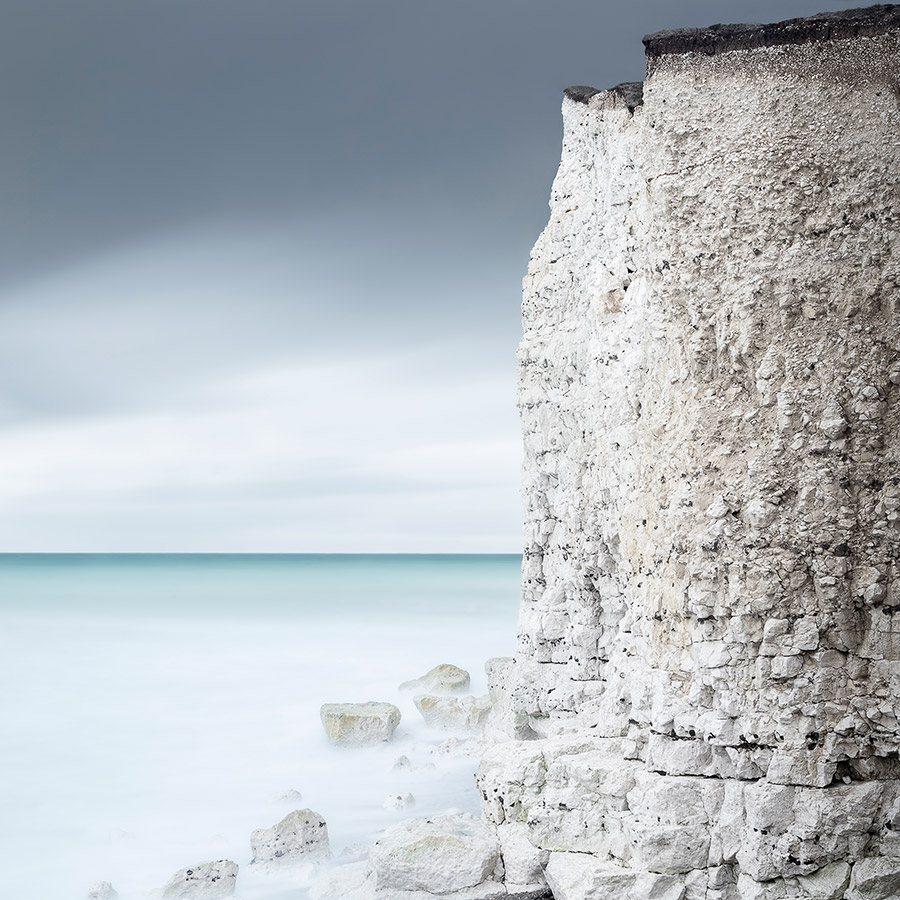
2. Keep returning to the same locations and take your time in exploring the area. Get to know the landscape intimately and how conditions can influence the subjects you’re drawn towards.

3. Look for subjects that open the door to a portfolio rather than a single capture. This might be the study of lighthouses or rivers, or simply a collection of seascapes. A collection of photographs relies on selective composition, complementary post-processing, and subjects that create a flow.
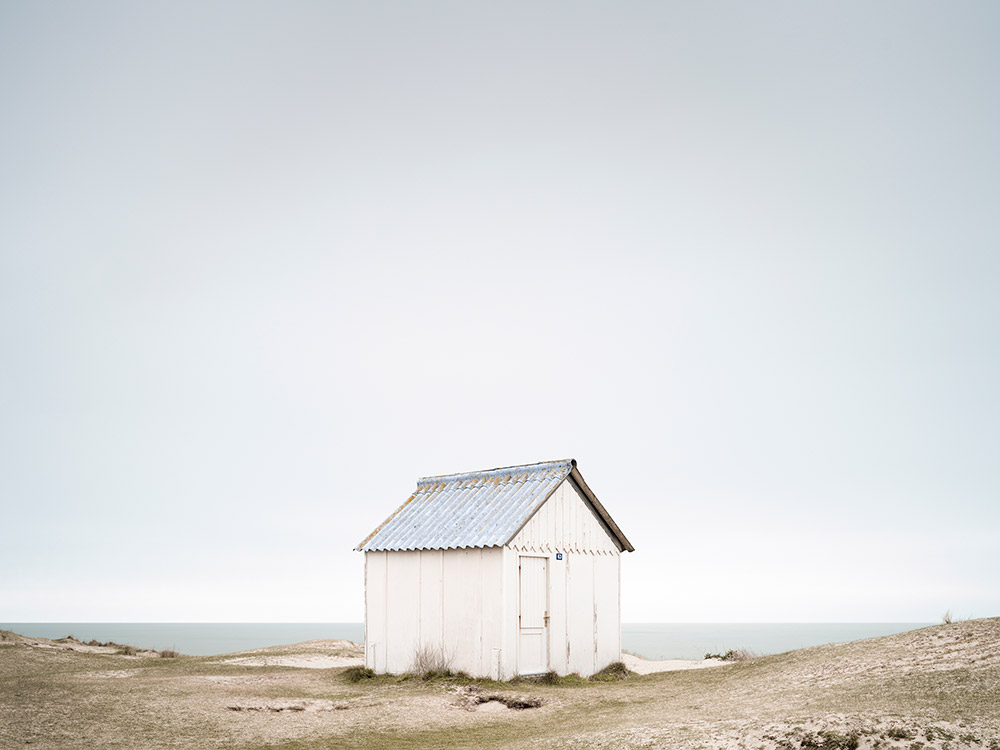
4. Seek out simple compositions using the long lens. For example, look for details in the landscape by breaking down the big vista. But continue using the same compositional techniques when framing your subject to ensure the eye is led through the image. The above example was shot at 200mm.
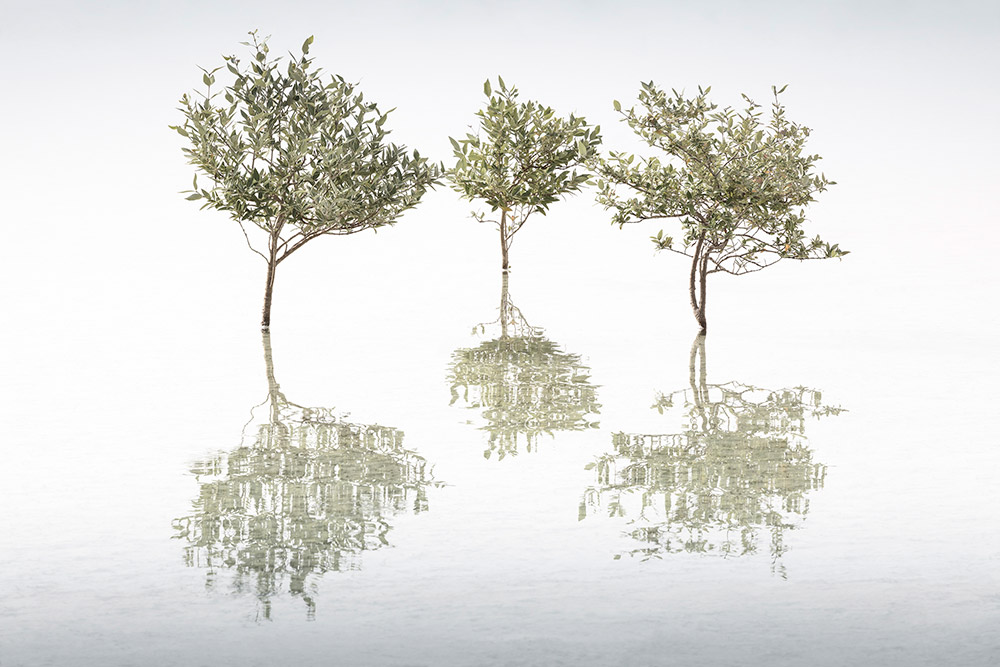
5. Researching your locations prior to visiting them is crucial, as it will help you get the best out of the environment. I have a number of apps on my phone that allow me to check the weather, tide times and sunset/sunrise times, and I regularly refer to Google Maps, where I’ve saved hundreds of locations.

6. Select locations based on what you enjoy looking at and your interests, not what’s popular on social media. You must enjoy creating photographs that reflect your vision and imagination – that way, you will be on the journey to finding your own voice as a photographer.
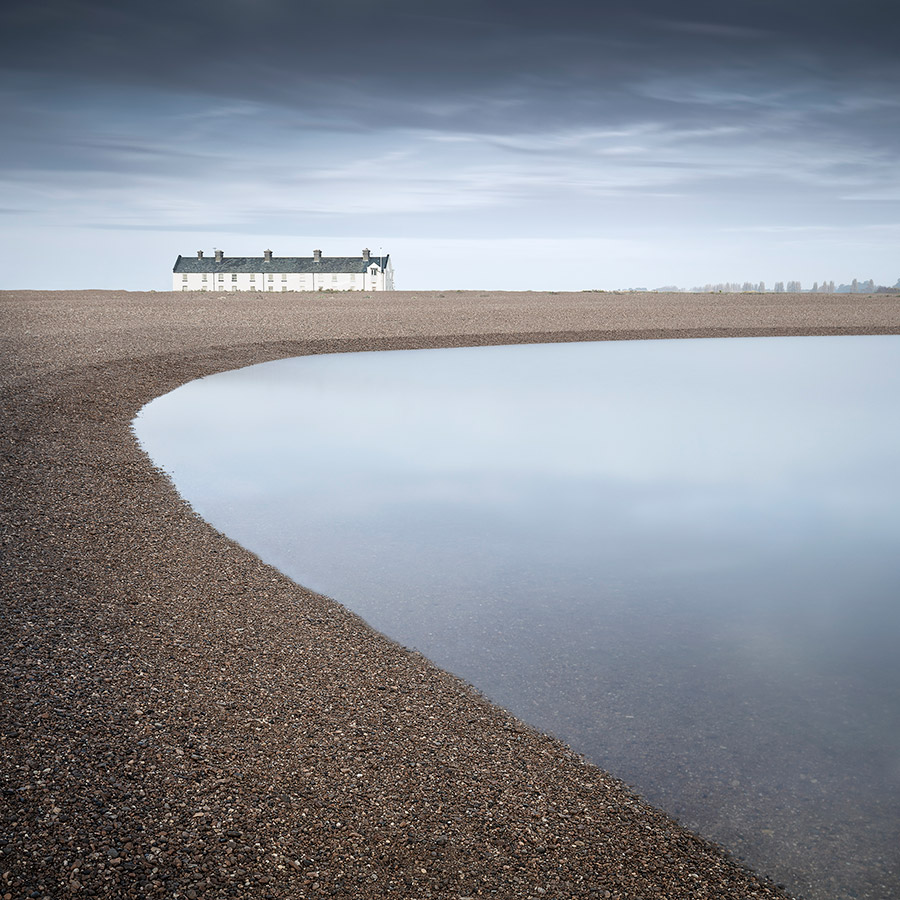
Top 6 locations for minimalist landscapes
1. The Empty Quarter, United Arab Emirates
The desert is a location that’s been close to my heart since relocating to the region in 2011. It’s a place of solitude and intimacy. It can also be extremely challenging. The weather can take a turn for the worse; winds can reach 40-50kph, temperatures as high as 40°C and the humidity can hit 90%. I thrive in these conditions; dust particles in the atmosphere, thin clouds and flat light offer an ethereal aesthetic.
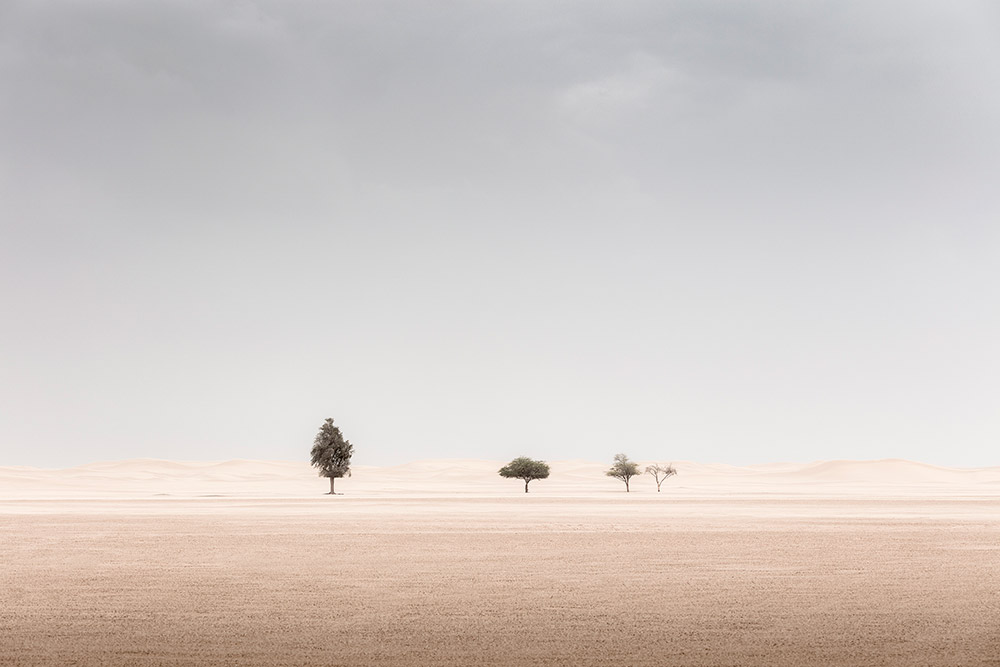
2. Brittany, France
From its wild, rugged coastline to the beauty of the lighthouses, Brittany has many opportunities for the landscape photographer. If it’s long- exposure photography you’re looking for, you won’t be disappointed, or capture some of the rolling waves that continually pound the granite coastline. Make sure you don’t get caught in one of the downpours that peel off the Atlantic Ocean!
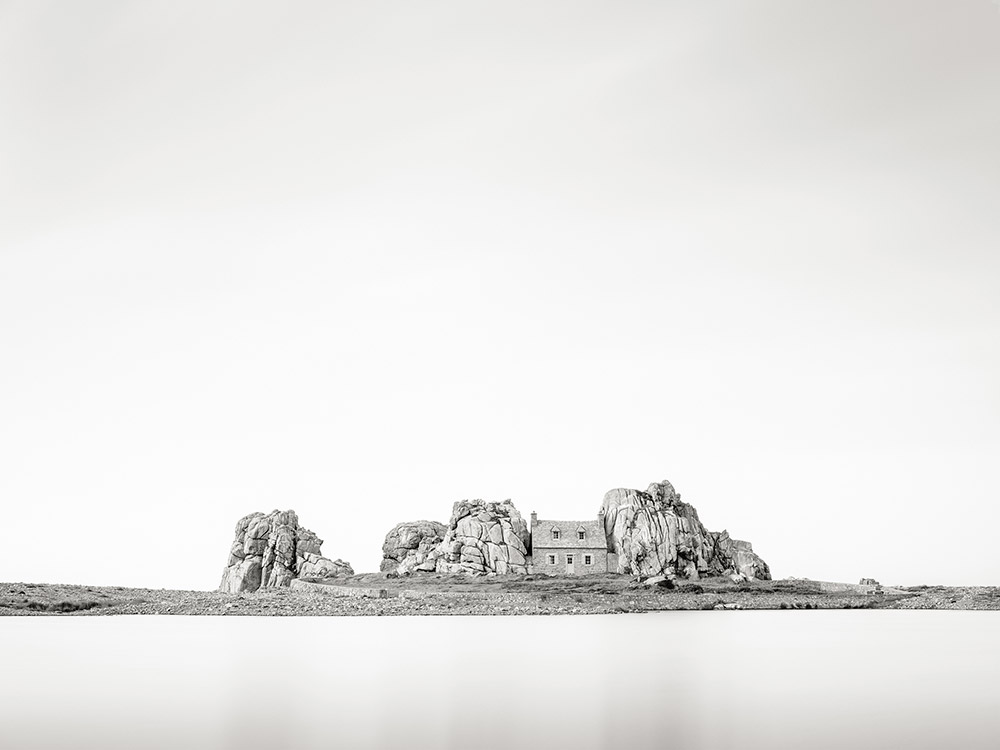
3. North Norfolk coast, UK
A hidden gem for landscape photography in the eastern England, the north coast of Norfolk. I was attracted to the region in 2018 due to its low-lying, expansive fens, which resonate with my style, and negative space is in abundance. Making my first visit, the coast grabbed my attention with its dune-fringed beaches, beach huts, piers, and small rocky outcrops.

4. New York, USA
Endless compositions, beautiful architecture and great food! Why wouldn’t you want to take the plunge and visit New York City for photography? My top tip – charter a small helicopter from White Plains airport at sunset. It offers unimaginable views of the city, you have free rein where to fly and the pilot will even take the doors off for you so you can get a better view.
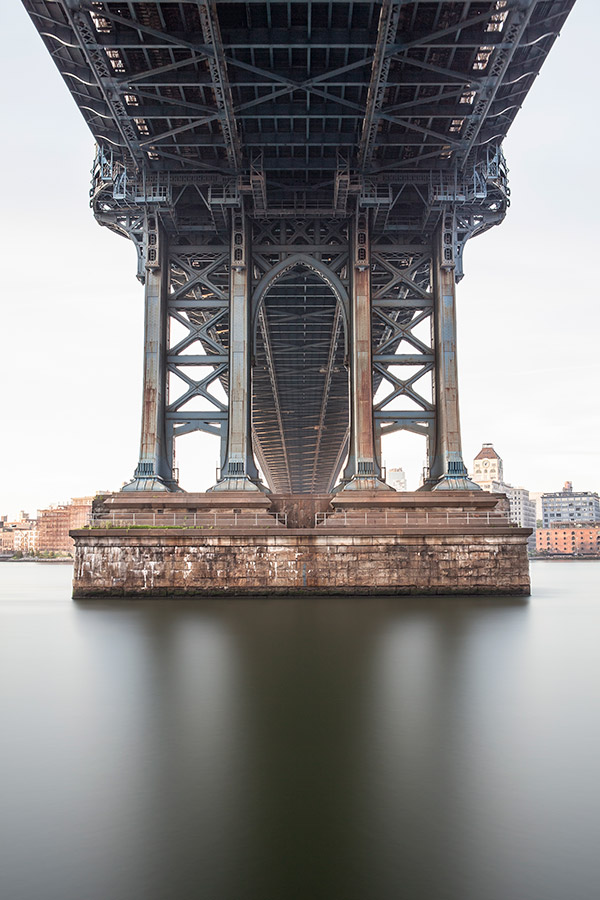
5. Cape Town, South Africa
Cape Town is a city of so much diversity. Stunning beaches, beautiful harbours, Lion’s Head and Table Mountain, the famous wine regions and a selection of game reserves on your doorstep. I’m itching to go back and continue exploring the many empty beaches and coves that circulate the entire peninsular. I’d recommend visiting Boulders Beach and Long Beach, located close to Chapman’s Peak.
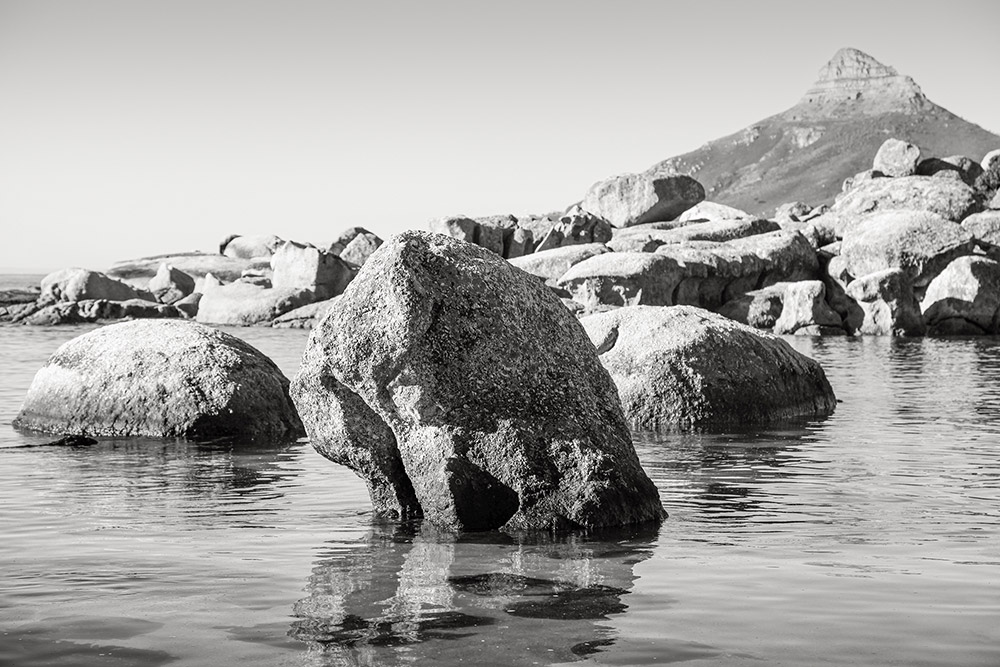
6. Maldives, Indian Ocean
These atolls are under threat from climate change and based on the stories I heard while I was there, the threat is very real. The islands are flooding, and the ever-increasing tides are destroying reefs. Documenting the beauty of these islands was one of the most memorable experiences of my photographic career. I hope we have time to save these pockets of paradise.
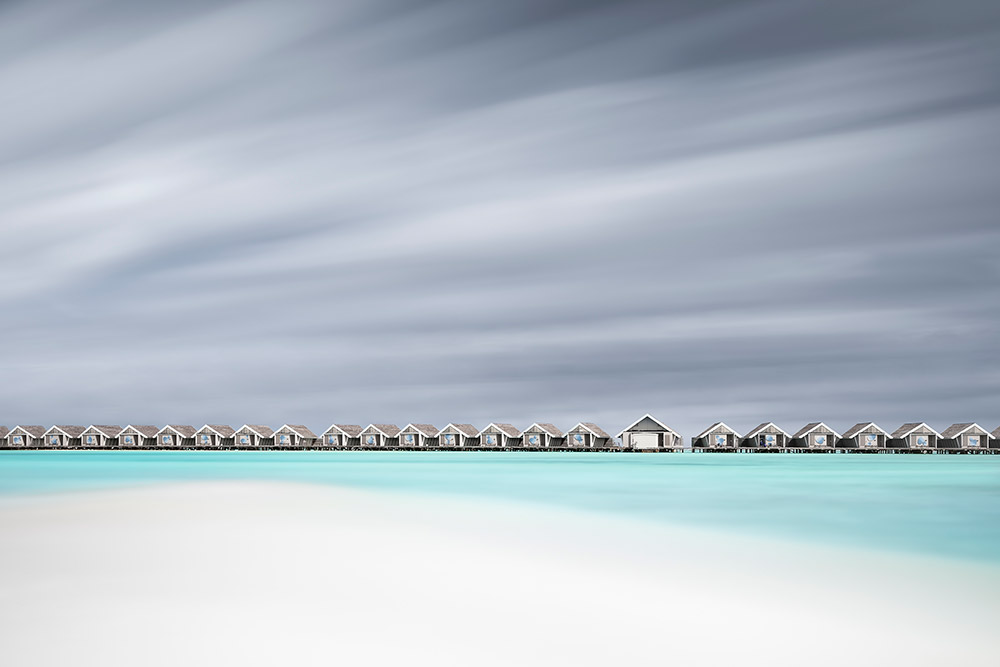
Kit list for minimalist landscapes
Fujifilm GFX 100S
It’s the best camera I’ve ever owned. It’s relatively lightweight for a medium-format camera, weather-sealed and captures mind-blowing detailed images, perfect for large-format prints.
Shutter-release cable
Much of my work is long exposure, so it’s paramount I have a shutter-release cable, as it will allow me to switch to bulb mode and reduce any risk of camera shake when conducting exposures of up to four or five minutes.
LEE Filters
I’ve been using LEE Filters for over 15 years and I’ve always been impressed with their capability and quality. I carry six graduated filters and three neutral-density filters. My most commonly used are the 10-stop and 15-stop ND filters for seascapes captures.
Three CDs
Bit of a strange one, but with the digital age, I have many redundant CDs lying around the house and always carry three in my camera bag. Why, you may ask? They’re the perfect companion when using a tripod on the beach, as you can place one under each tripod leg to help distribute the weight and reduce the chances of camera movement on the wet sand.
L-bracket
It is probably one of my favourite pieces of equipment, as it allows you to change the camera’s orientation quickly. But it also stops the camera from unintentionally rotating on the connection plate due to the camera’s weight.
Anthony Lamb

Anthony Lamb has over 50 international photography awards. His work has appeared internationally in exhibitions, galleries, magazines, and interior decor stores, and his fine art limited edition prints are collected globally. His book, SAND, is available through KOZU Books. Visit www.anthonylambphotography.com
Further reading:
Beginners guide to Landscape Photography

